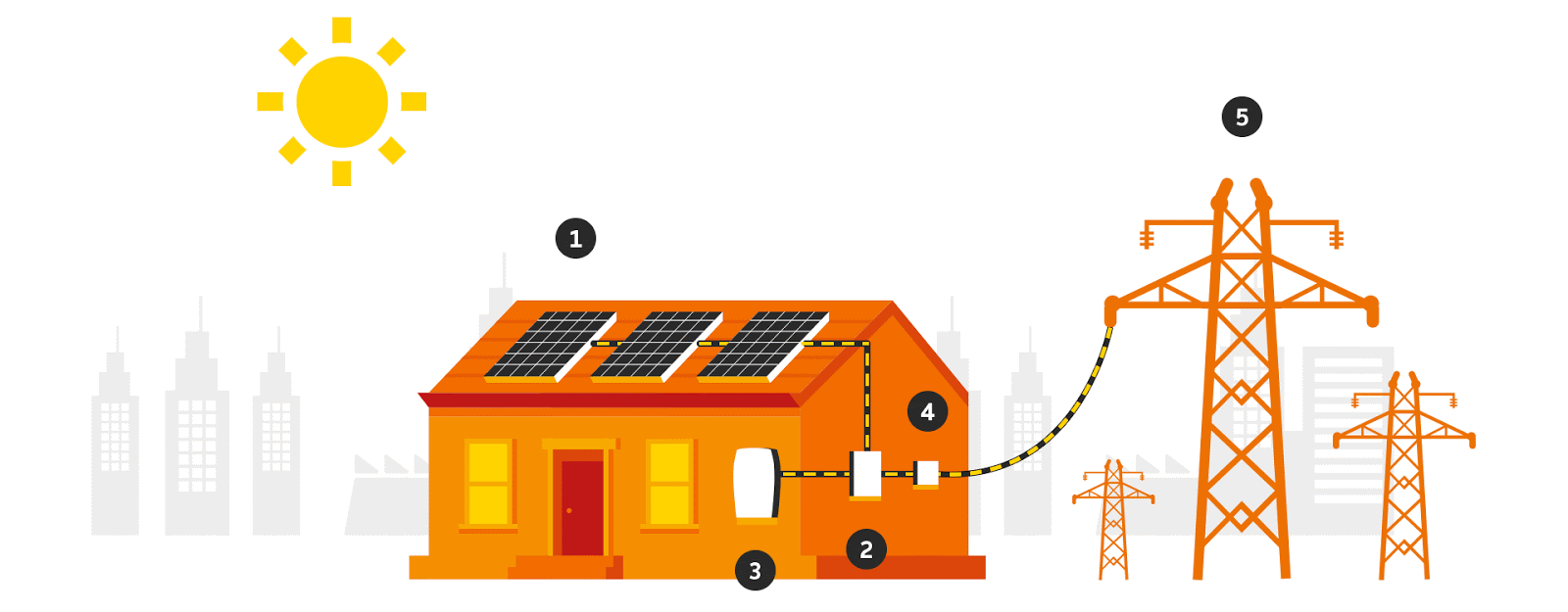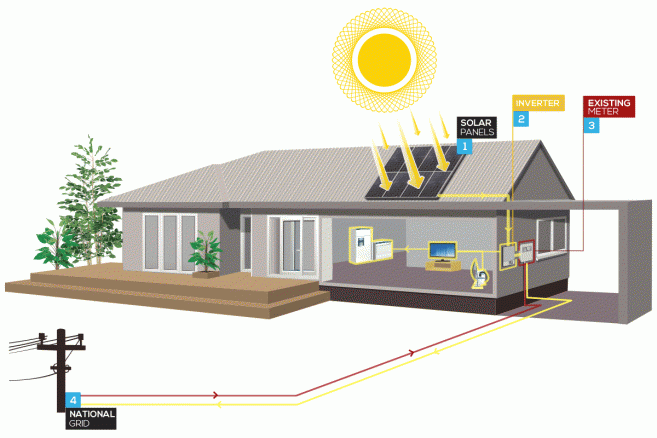

Off Grid Solar Power System
As electricity consumption and costs continue to rise, the world looks to renewable energy sources to meet its energy needs. Solar energy, including Solar Panel for Home UPNEDA, has gained popularity as a renewable energy source in recent years due to its decreasing costs and increasing efficiency.
A solar system is a configuration that uses the solar energy system to produce electricity. The components of a typical solar power system are solar panels, which absorb sunlight, an inverter, mounting structures, batteries to store excess electricity produced, grid boxes, and other supporting systems (wires, nuts etc.). A solar system can be 1 kWh, 2 kWh, 3 kW, 5 kW, 7.5 kW, or 10 kW in size.
A solar system is a configuration that uses the solar energy system to produce electricity. The components of a typical solar power system are solar panels, which absorb sunlight, an inverter, mounting structures, batteries to store excess electricity produced, grid boxes, and other supporting systems (wires, nuts etc.). A solar system can be 1 kWh, 2 kWh, 3 kW, 5 kW, 7.5 kW, or 10 kW in size.






